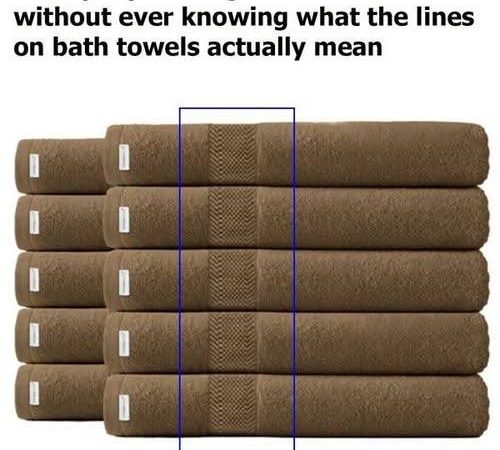Bath towels are an essential household item, yet their design often goes unnoticed. The lines on bath towels, which may seem decorative, actually serve important functions. These lines are created using specific weaving techniques that enhance absorbency, durability, and structure.
One key purpose of these lines is to improve water absorption by increasing the towel’s surface area. They also aid in faster drying by allowing better airflow. Additionally, some lines, such as tread lines, reinforce the towel’s structure, preventing fraying and maintaining plushness over time.
A common technique used in towel production is the dobby weave, which helps towels retain their shape and resist stretching. Dobby borders, often seen at the edges, add strength and prevent unraveling.
Ultimately, these design elements enhance both functionality and longevity. Next time you use a bath towel, take a moment to appreciate the craftsmanship behind this everyday essential.



